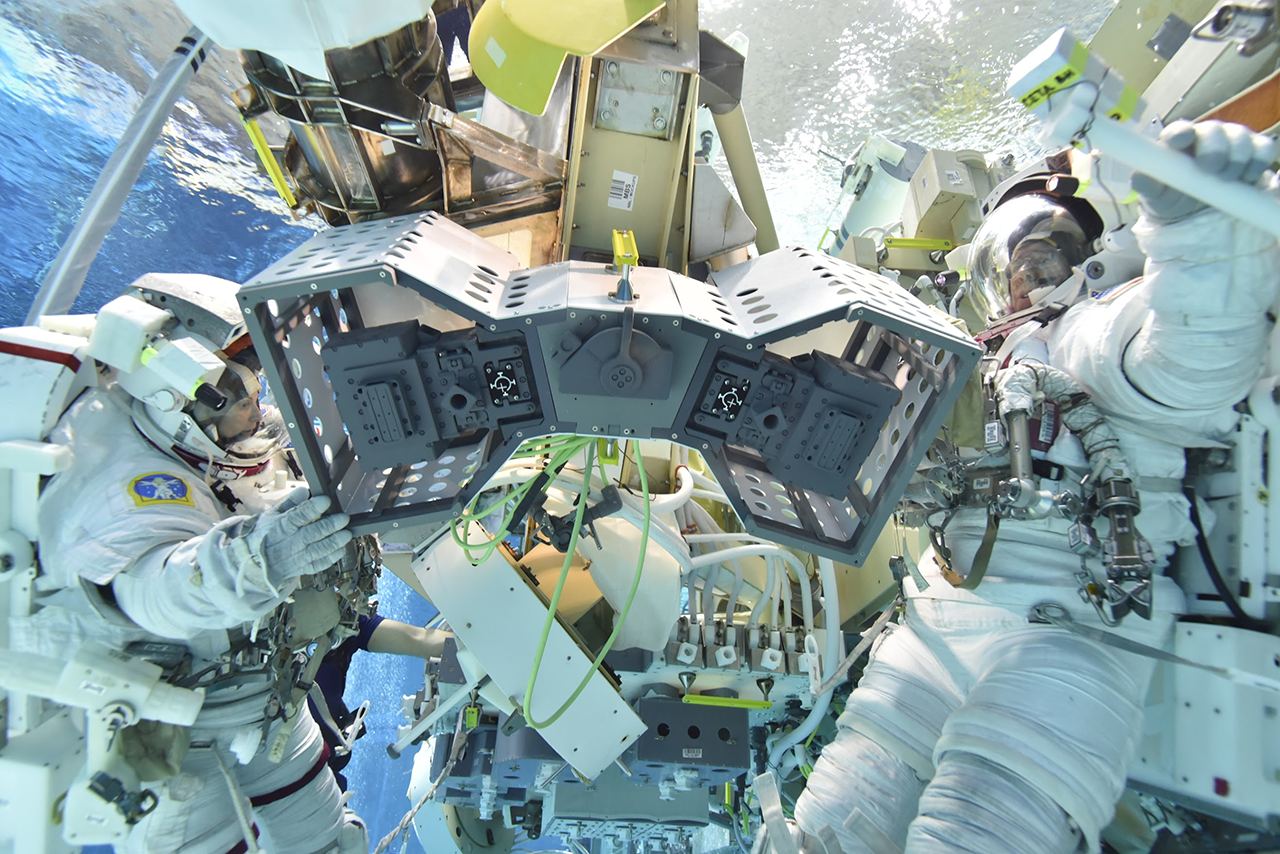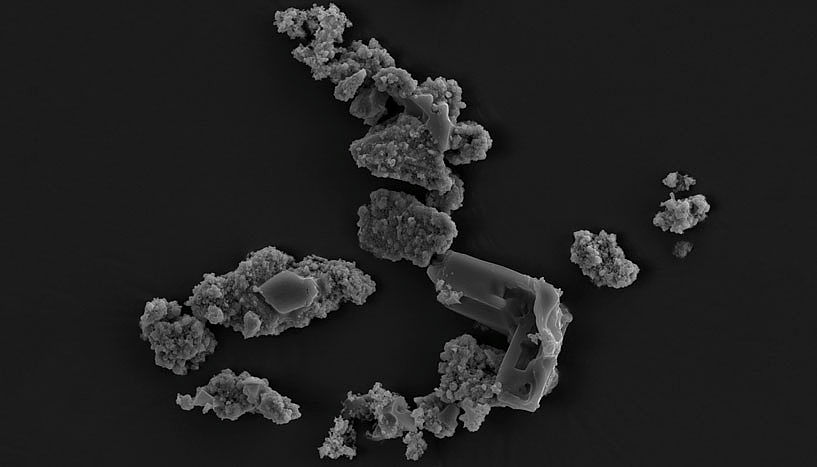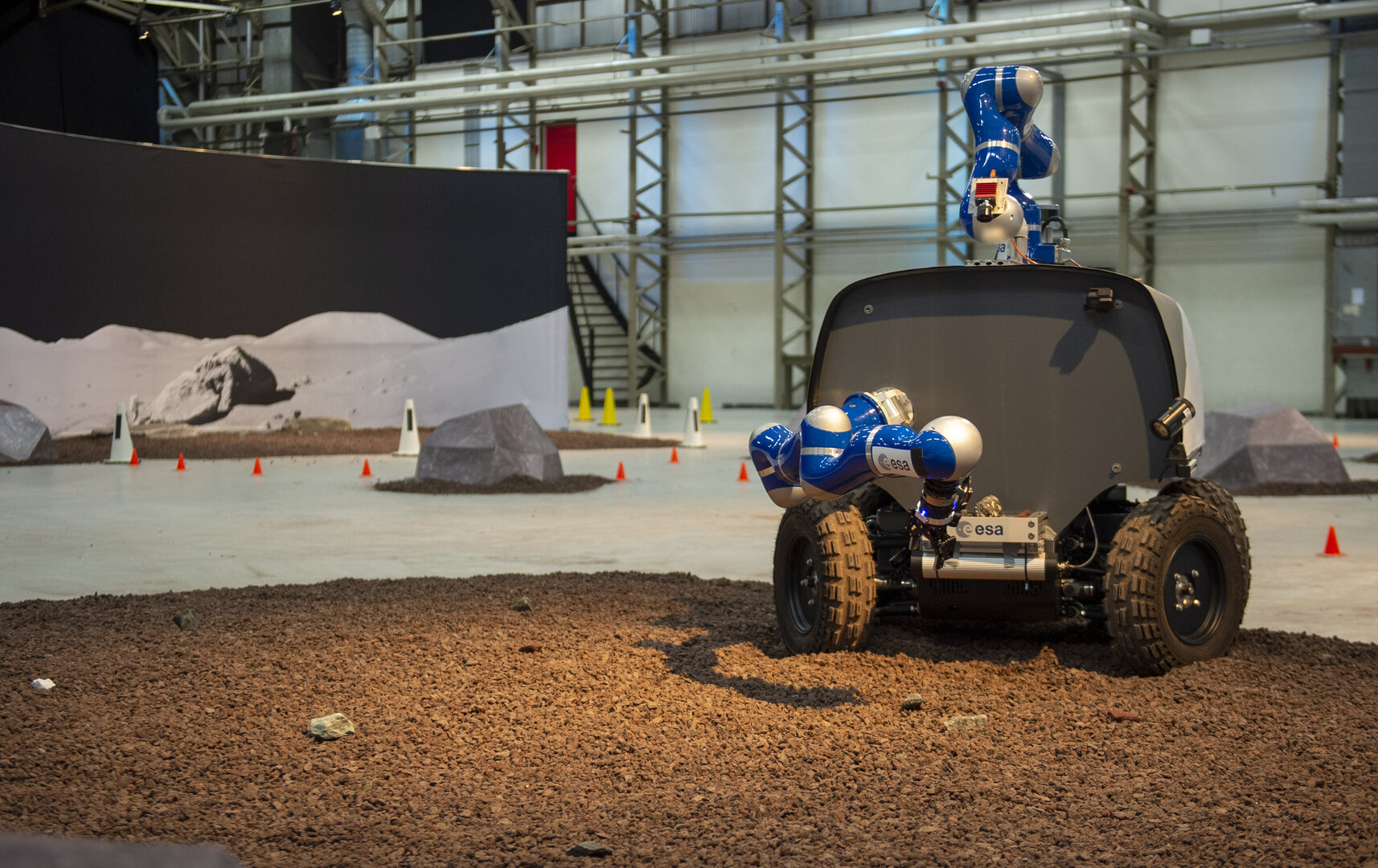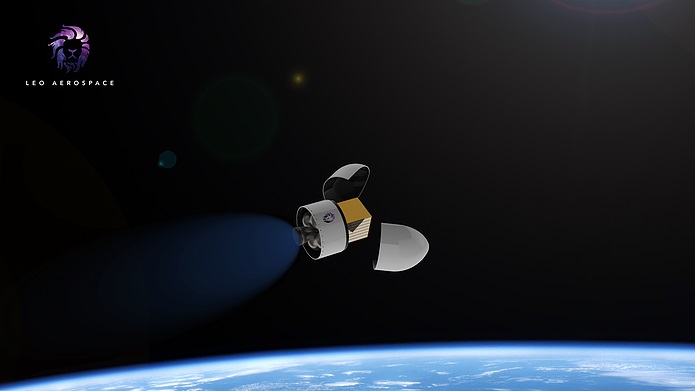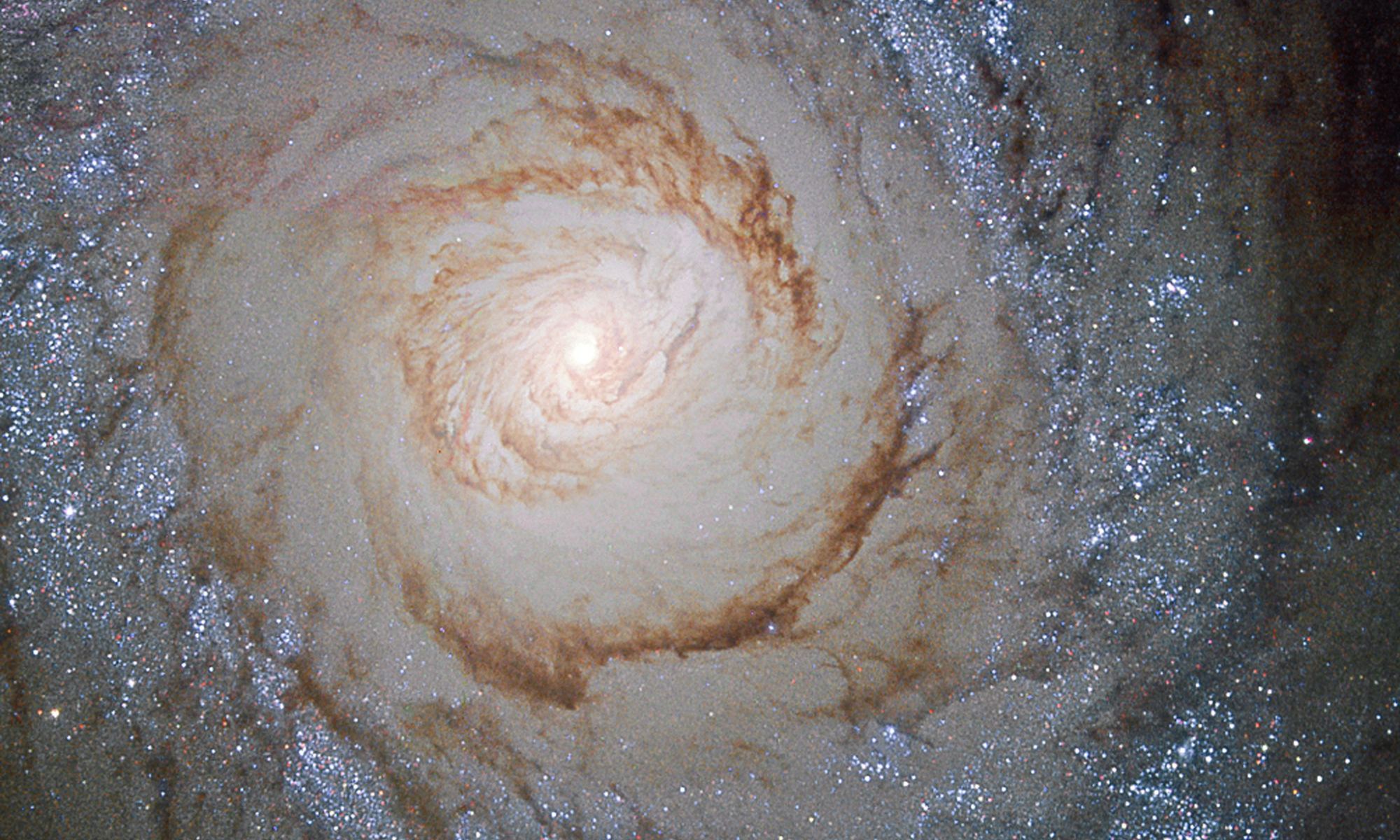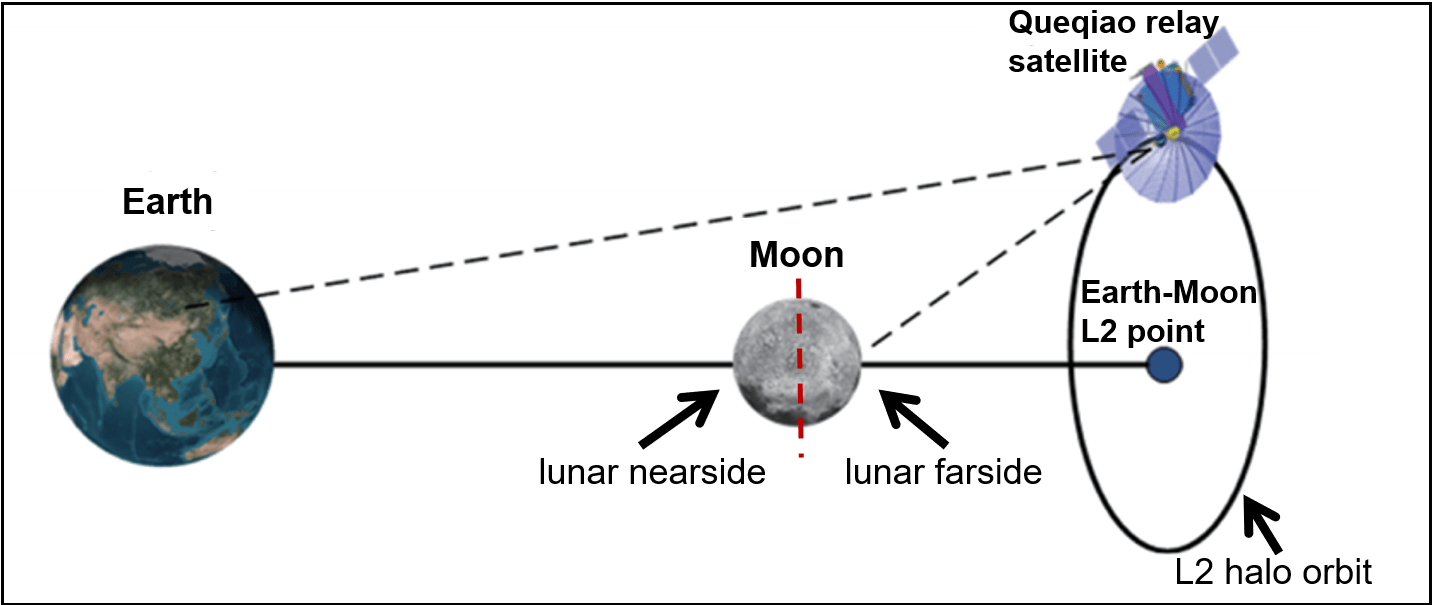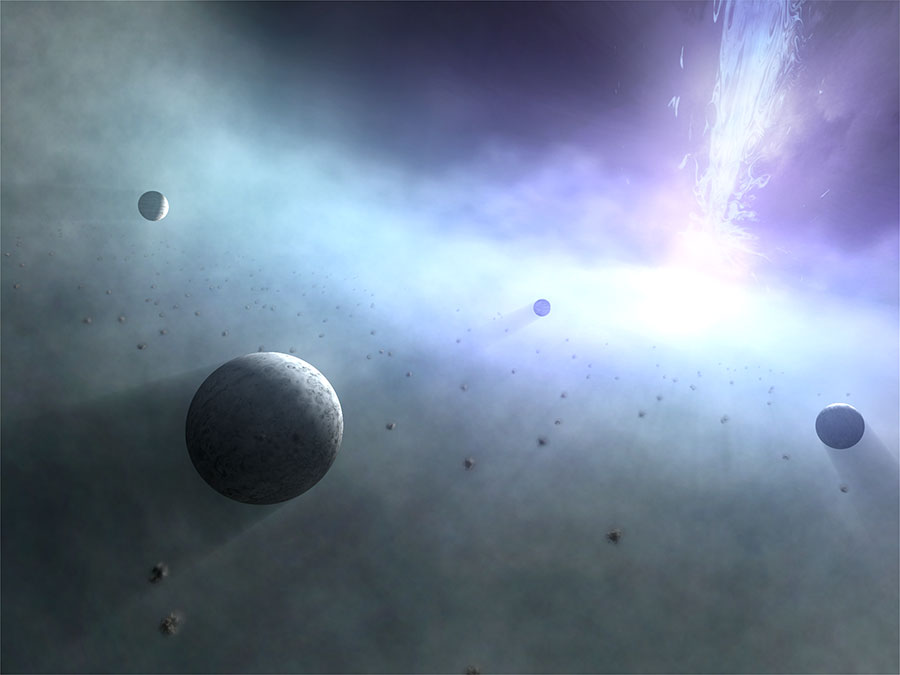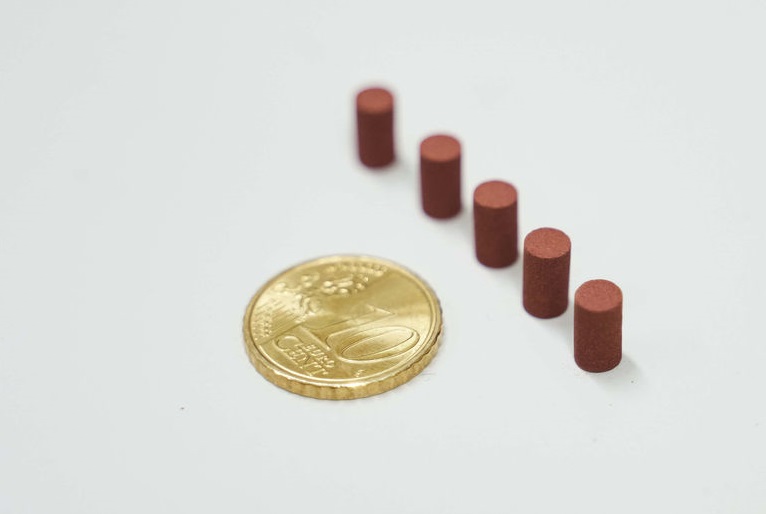Robotic helpers are becoming an increasingly important element aboard the International Space Station. It is here where robots like the Robonaut, CIMON, FEDOR, Canadarm2, Dextre, and CIMON 2 (which is currently on its way to the ISS) were tested and validated for space operations. In recent years, the Robotic External Leak Locators (RELL) also proved their worth by conducting extra-vehicular activities (EVAs) and finding leaks.
Unfortunately, sending these robots out to do their tasks has been a long and complicated process. For this reason, NASA has created a new housing unit called the Robotic Tool Stowage (RiTS). Developed by the Satellite Servicing Projects Division at NASA’s Goddard Space Flight Center (with support from the Johnson Space Center), this “robot hotel” launched yesterday (Dec. 4th) and will soon be integrated with the station.
Continue reading “Astronauts are Going to Attach a “Robot Hotel” to the Outside of the International Space Station”
